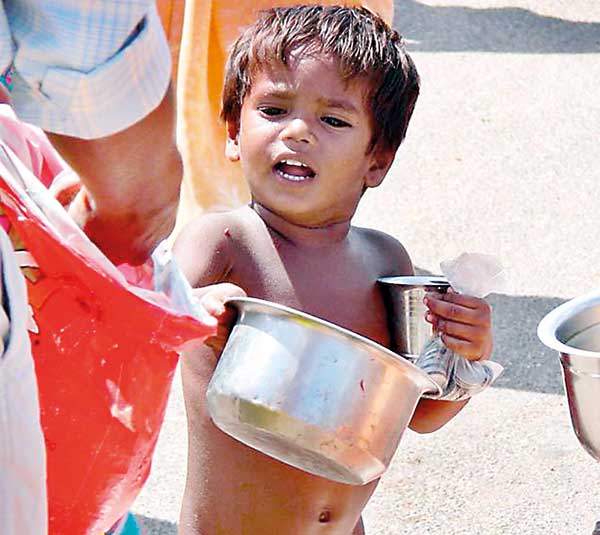Reply To:
Name - Reply Comment

By Vinod Thomas
For all the controversy around it, the breathtaking scope of India’s food security scheme for nearly two-thirds of the population sends a powerful message across developing Asia. The region leads the world in the pace of economic growth, yet public spending on social protection as a share of GDP is lower than that in any other region except sub-Saharan Africa.
Economic growth is a proven means to lift millions of people out of income poverty. But Asia is growing less robustly than it did during that stellar decade before 2008’s global economic crisis. The Asian Development Bank (ADB) forecasts the region’s growth at 6.3% this year; growth in India, which slowed to its lowest rate in a decade at 5% in 2012, is projected at 5.8%.
Generating high growth is increasingly running up against rising inequality of incomes and opportunity in countries that make up 80% of Asia’s population. In India, labour incomes as a share of formal manufacturing fell from 37% in the mid-1990s to 22% in the mid-2000s. Many countries are trying to address these gaps for inclusive growth. Three things are essential for making progress on inclusive growth.
First, it is the policies that nurture job-generating growth among small and medium businesses. Second, create equality of opportunity through investments in education and health. The third creates social protection, including safety nets, to lessen the effects of poverty, and complement skills development and job creation. Such investments, when properly calibrated, can be crucial to inclusive growth. Worldwide, lower-income economies almost always grow faster than higher-income ones — and this applies within economies as well. If more growth were generated from the lower-income strata within a country, the possibilities for overall growth would be that much greater.
For this to happen, however, social protection interventions need to be efficient and tied to the causes of inequality. In developing Asia, the reasons include an unequal and worsening provision of education and a widening gap in the premium for skilled compared to unskilled work. To what extent can programmes for social protection address inequality? Ad hoc spending that fails to reach intended beneficiaries or is not channelled to productive use is as much a waste as growth that fails to generate jobs for the poor.
A large and convincing body of international evidence shows that well-designed and targeted social protection programmes can deliver high returns on reducing poverty and inequality. Cash transfers to families, conditional on their children attending school and having regular health check-ups, are used extensively in Latin America. Intense on monitoring and evaluation, these have a record of delivering results — and could be more widely used in Asia.
Yet, many countries across the developing world continue to use food, fuel and other subsidies for frontline social protection. These cost more than interventions directly targeting the poor, tend to benefit the relatively better-off, and can be politically difficult to reform or unwind to take pressure off government budgets.
The UPA’s ambitious food security scheme aims to provide food grain to about 800 million people at heavily subsidised prices. Critics question its fiscal sustainability and the politics involved. There are concerns whether sufficient attention is paid to improving the food grain delivery systems. But the Food Security Bill is winning plaudits for making access to certain basic foods a legal entitlement. Its impact on malnutrition and hunger will be closely watched by the development community, eager to see improvements in India’s nutrition problems. Because of the food security scheme’s large opportunity cost, early evaluation of its targeting, reach and effectiveness will be crucial.
Developing Asia needs fast economic growth, but it needs to grow differently if strong growth is to last and social cohesion is to be ensured. Growth versus social support programmes is a false dichotomy. For policymakers, this means that the new priority for social inclusion, in part generated by support for efficient social protection, should be just as great as for traditional investments aimed at faster growth.
(Vinod Thomas is Director General of Independent Evaluation at the ADB)